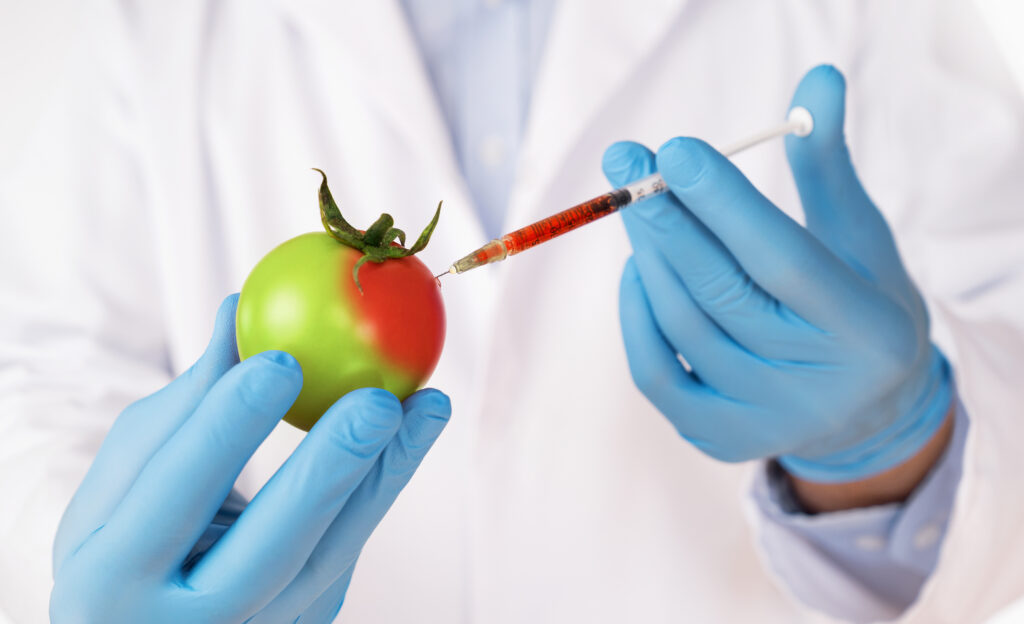Introduction
Celiac disease is a chronic autoimmune disorder that affects the small intestine and is triggered by the consumption of gluten, a protein found in wheat, barley, and rye. It is estimated that approximately 1% of the global population is affected by celiac disease, and the number of diagnosed cases has been on the rise in recent years. While the exact cause of celiac disease is still not fully understood, there has been speculation about the role of food additives in the development of this condition. In this blog, we will explore the relationship between food additives and celiac disease to better understand if there is a potential link.
What are the Food Additives?
Food additives are substances that are added to food during processing or production to enhance its taste, texture, appearance, or shelf life. They can be found in a wide variety of processed foods, including baked goods, snacks, condiments, and beverages. Some common examples of food additives include preservatives, flavor enhancers, colorants, and emulsifiers. These additives are regulated by food safety authorities around the world, such as the Food and Drug Administration (FDA) in the United States and the European Food Safety Authority (EFSA) in Europe, to ensure their safety for human consumption.
Emulsifiers and Celiac Disease
One particular group of food additives that has been implicated in the development of celiac disease are emulsifiers. Emulsifiers are used in many processed foods to improve the texture and stability of the product. They work by reducing the surface tension between two immiscible substances, such as oil and water, allowing them to mix and form a stable emulsion. Some common examples of emulsifiers used in food products include polysorbate 80, lecithin, and mono- and diglycerides.
There is evidence from animal studies that emulsifiers can disrupt the gut microbiota, which is the collection of microorganisms that live in our intestines and play a crucial role in maintaining our overall health. Studies have shown that emulsifiers can alter the composition of the gut microbiota, leading to changes in the gut environment that may promote inflammation and disrupt the integrity of the gut barrier. A compromised gut barrier can allow the passage of harmful substances, including gluten, into the bloodstream, potentially triggering an immune response and contributing to the development of celiac disease.

Preservatives, Flavor Enhancers, and Celiac Disease
In addition to emulsifiers, other food additives, such as preservatives and flavor enhancers, have also been proposed as potential triggers for celiac disease. For example, some studies have suggested that the use of certain preservatives, such as sodium benzoate and potassium sorbate, can increase the permeability of the gut barrier, making it more susceptible to damage. Similarly, some flavor enhancers, such as monosodium glutamate (MSG), have been shown to trigger immune responses in sensitive individuals, and it has been proposed that these immune responses could potentially contribute to the development of celiac disease.
Microbial Transglutaminase (mTG) and Celiac Disease
Another strong possible trigger has been found to be linked to microbial transglutaminase (mTG). mTG is an enzyme produced by certain bacteria commonly found in the gut, such as Pseudomonas and Escherichia coli, which has the ability to modify gluten peptides. Studies have shown that mTG can alter gluten peptides in a way that makes them more immunogenic, meaning they are more likely to trigger an immune response.
This modification can result in the production of antibodies against gluten, leading to the inflammation and damage to the small intestine that characterizes celiac disease. The presence of mTG in the gut may play a role in the development and progression of celiac disease, although further research is needed to fully understand the complex relationship between mTG, gut microbiota, and celiac disease.
Read this Article now if you want to see if Meat Glue is making you sick and see what Celiac.Com has to say about it.
Conclusion
However, it’s important to note that the evidence linking food additives to celiac disease is still limited and largely based on animal studies or small-scale human studies. More research is needed to fully understand the potential role of food additives in the development of celiac disease. Other factors, such as genetic predisposition, environmental factors, and gluten consumption, are also known to play a significant role in the development of celiac disease.
Furthermore, it’s essential to recognize that not all food additives are harmful. Many food additives have been extensively studied and deemed safe for consumption by food safety authorities around the world. Food additives have been used for decades to improve the safety, quality, and shelf life of food products, and they have contributed to the development of many convenient and affordable food options that we enjoy today.
Don’t miss out on the fun! Our other blogs are chock-full of exciting science and research topics, all related to the world of Celiac and Gluten-Free living. Check them out today!
- Gluten Diets In Young Kids May Link To The Development Of Celiac Disease
- Celiac Disease Blood Test Takes Us Closer To An Accurate Diagnosis
- Is The Meat Glue In Your Deli Products Making You Sick?
- Connection Between Undiagnosed Celiac Disease And Infertility, Miscarriages, And Stillbirths
- Is Celiac Disease Risk Factors For COVID-19?
- Intestinal Lymphoma: Is Your Risk Of Cancer Increased Due To Celiac Disease?
- Exploring The Connection Between Humans Microbes And Celiac Disease
- Periodontists Get Certified On Impact Of Celiac Disease On Dental Health
Remember to always stay curious and continue learning. Thank you for taking the time to read my post. Until next time…Jodes








